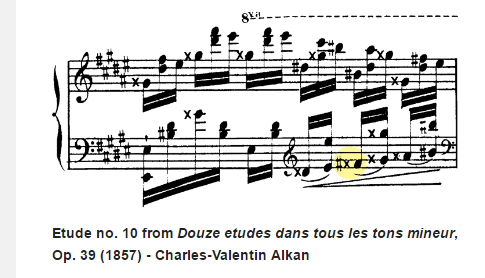I'm current studying RSL Music Theory grades and I'm stuck on a grade 6 question.
The question asks to write out two enharmonic equivalent notes to the note provided using sharps, flats, double-sharps and double-flats. The given staff does not show a key signature.
I got through all of the questions fairly easily with the exception of one in which the given note is Ab. Obviously G# is an enharmonic but I'm struggling to think of a second enharmonic??
The only other notes either side would be "B flat, double-flat" or "F sharp double-sharp" - given that the stave in the question doesn't show a key signature, I'm not sure that this is possible?
any ideas?
Update: here's a picture of the question - the text reads:
Add two enharmonically equivalent notes to those below. The result should be three notes of the same pitch on each stave, and each will be enharmonically spelled differently.
Also, just for clarification, triple sharps/flats aren't taught in the syllabus and, as this is a G6 workbook, there is an assumption that knowledge of anything beyond double sharps/flats isn't available.





